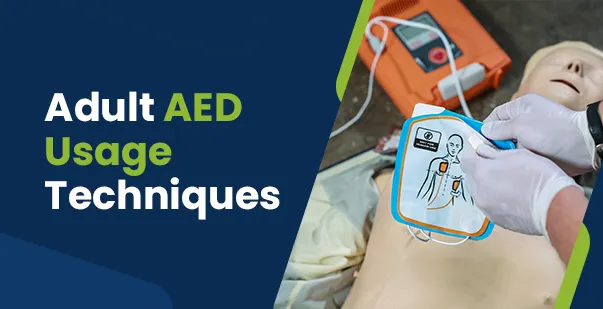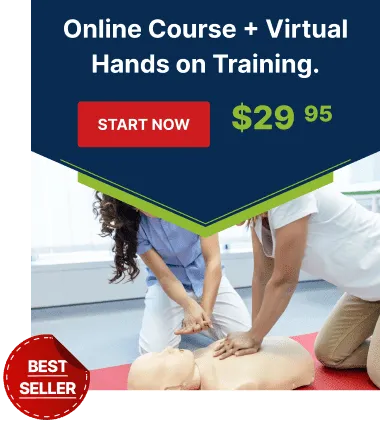Table of Content
- Introduction
- When is Adult AED Needed?
- How to Use an AED?
- Tips for Proper Adult AED Usage
- Pursue BLS Certification for Adult AED Usage
An automated external defibrillator (AED) is a portable device that helps revive an individual whose heart stops suddenly. This condition is also called a sudden cardiac arrest (SCA). According to PubMed Central, over 20% of mortality rates in industrialized countries are due to this condition. AEDs can help significantly increase survival rates during SCA by restoring the normal heart rhythm of patients. These lightweight devices are available in public places and can be used on adults, infants, and children. In this guide, we will learn more about adult AED usage and its importance in medical emergencies.
When is an Adult AED Needed?
An AED helps revive adults who suffer from sudden cardiac arrest. These medical emergencies usually happen when a problem in the heart’s electrical activity causes irregular heartbeats. This prevents the heart from pumping, and its functions stop temporarily.
As a result, the brain and other key organs of the human body do not receive sufficient blood and oxygen. It means the adult patient needs immediate treatment to prevent further fatalities. The sooner you restore the heartbeat, the greater the chance of saving the brain and other organs from permanent damage. You can use an AED to provide shocks to the victim and restore their normal heart rhythm on time.
This equipment includes guidelines on positioning AED cabinets, pads, and other materials. You must also ensure proper pad placement to reset the heartbeat of a person who has had a sudden cardiac arrest.
Cardiopulmonary resuscitation (CPR) and the use of an AED are usually the first steps in assisting a patient with cardiac arrest. It involves giving continuous chest compressions to revive the person’s heartbeat. AEDs are often used alongside CPR to improve the chances of a patient’s survival.
You must use an AED on a patient only if you possess a basic life support (BLS) certification, a course that teaches you how to save victims in life-threatening emergencies.
Read More: How to Use an AED on an Infant?
How to Use an AED?
If an adult has fainted or collapsed, you must follow some key steps to ensure their revival. This involves adult AED usage if you cannot revive the victim with chest compressions. The following steps discuss the guidelines for using the device to help victims in emergencies:
Step 1: Analyze the Victim’s Condition
Check to see if the person has a pulse and is breathing. If you cannot feel the individual’s pulse, call for emergency help. If you are alone, it is usually recommended that you call 911 or emergency services to make sure medical personnel are on their way.
You can also seek assistance from someone else if they are also present at the scene, and have them call emergency services.
Step 2: Turn on the AED
Make sure to check the device for any damage before turning it on. Most devices give voice instructions to users, which makes it easier for you to follow the AED use steps.
Check the breathing and heart rhythm of the adult again by using the AED. Follow the guidelines clearly for correct AED placement on adult victims. Remember to place the pads on a person’s bare chest.
Step 3: Stand Clear and Deliver Shocks
Do not touch the person while the AED measures their heartbeat. If the machine thinks a shock is needed, it will ask you to stand back and push a button to deliver it. Remember to follow the instructions for placing the adult AED pad when delivering the shocks.
This involves placing one pad on the upper right side of the chest, just below the collarbone, and the other pad on the lower left side of the chest, a few inches below the armpit. Then, say “Stand clear” loudly to everyone standing nearby and push the shock button.
Step 4: Begin CPR
Begin the CPR process after delivering shocks with the AED, if needed. The equipment will also guide you with proper CPR techniques. Repeat the process and try reviving the victim until emergency personnel arrive at the scene.
Read More: How Does an AED Work?
Tips for Proper Adult AED Usage
You must know how to use an adult AED correctly to ensure proper revival of the victim in emergencies. This involves following the correct guidelines, which teach you where to place AED pads for better and more effective shock delivery. Here are some additional tips for proper adult AED usage:
Register with a Manufacturer
Purchase an AED approved by recognized manufacturers which usually display lists of approved devices on their official websites. Make sure to check the manufacturer’s website from time to time to receive updated information about your device.
Practice Using the AED
Make sure to do some trial runs with the AED to analyze if you can check for a pulse and breathing, follow instructions, and place the pads correctly. You must also learn what to do if certain adult victims do not need shocks for survival.
Store Your AED Securely
Keep the AED in a place that is easier for everyone to access. For instance, you may install it at your home or the workplace where you meet people regularly. Install new batteries for the equipment as needed, typically every four years. Replace the electrode pads of the AED by following the manufacturer’s instructions.
Risk of Sudden Cardiac Arrest
A healthcare professional will likely recommend an implantable cardioverter-defibrillator (ICD) rather than an AED for an adult with a higher risk of sudden cardiac arrest due to a specific heartbeat problem. An ICD is implanted in the chest and connected to the individual’s heart through a wire that can deliver shocks when needed.
Living Arrangements
If you experience a cardiac arrest, you need someone who knows how to use the AED and can get up from the floor to use it. However, purchasing an AED for a home does not make sense if you live alone or if the person you live with cannot get up and down in medical emergencies.
Pursue BLS Certification for Adult AED Usage
An AED is used to correct the heart rhythm of people experiencing sudden cardiac arrest. You can pursue a BLS certification, which teaches you more about performing CPR and using the defibrillator to revive victims in emergencies. This also enables you to learn the proper guidelines for adult AED usage, which proves to be beneficial in various situations. Make sure to pursue the certification from a recognized institution so that you can prove your credentials to potential employers if needed.
References







